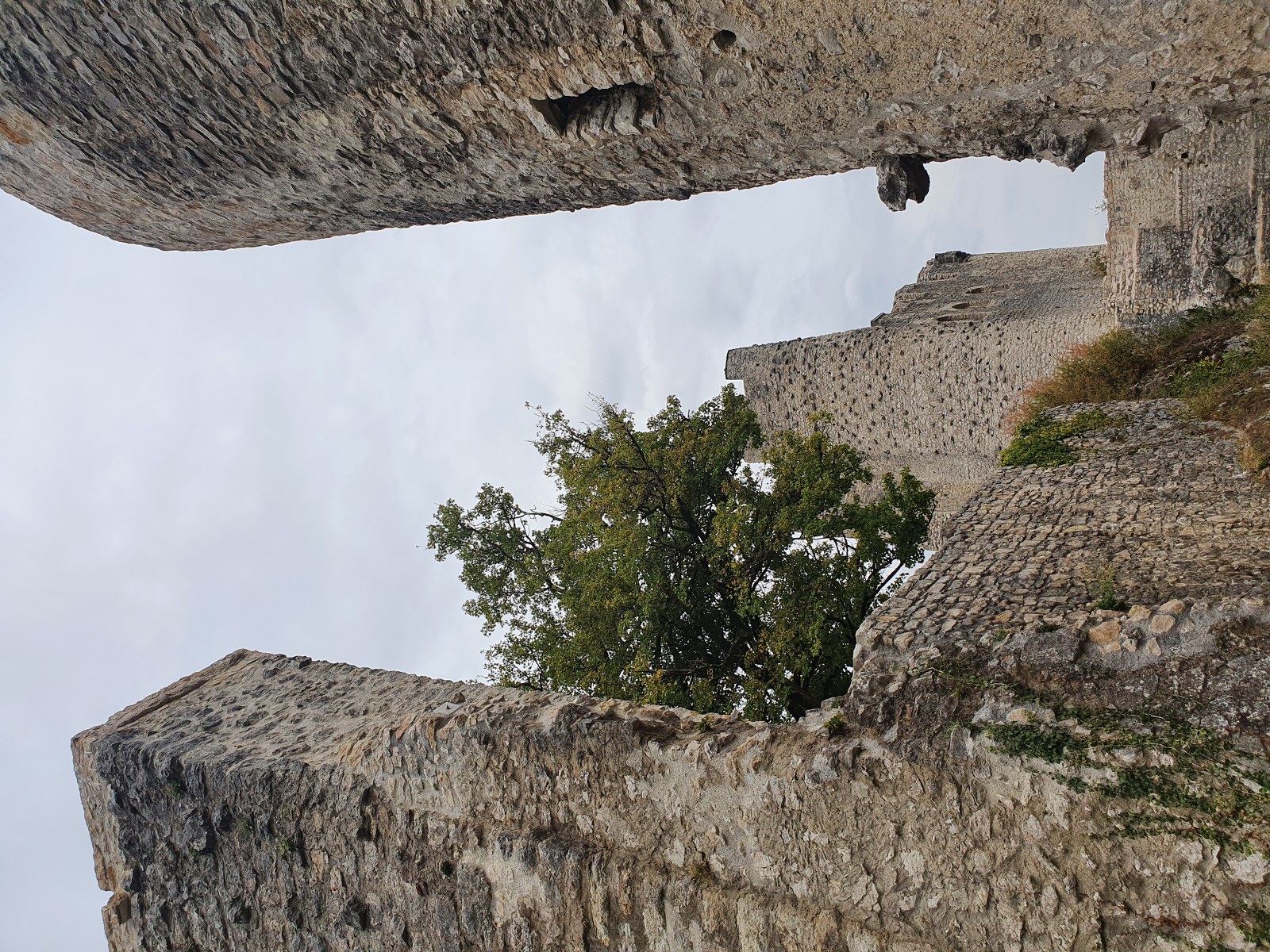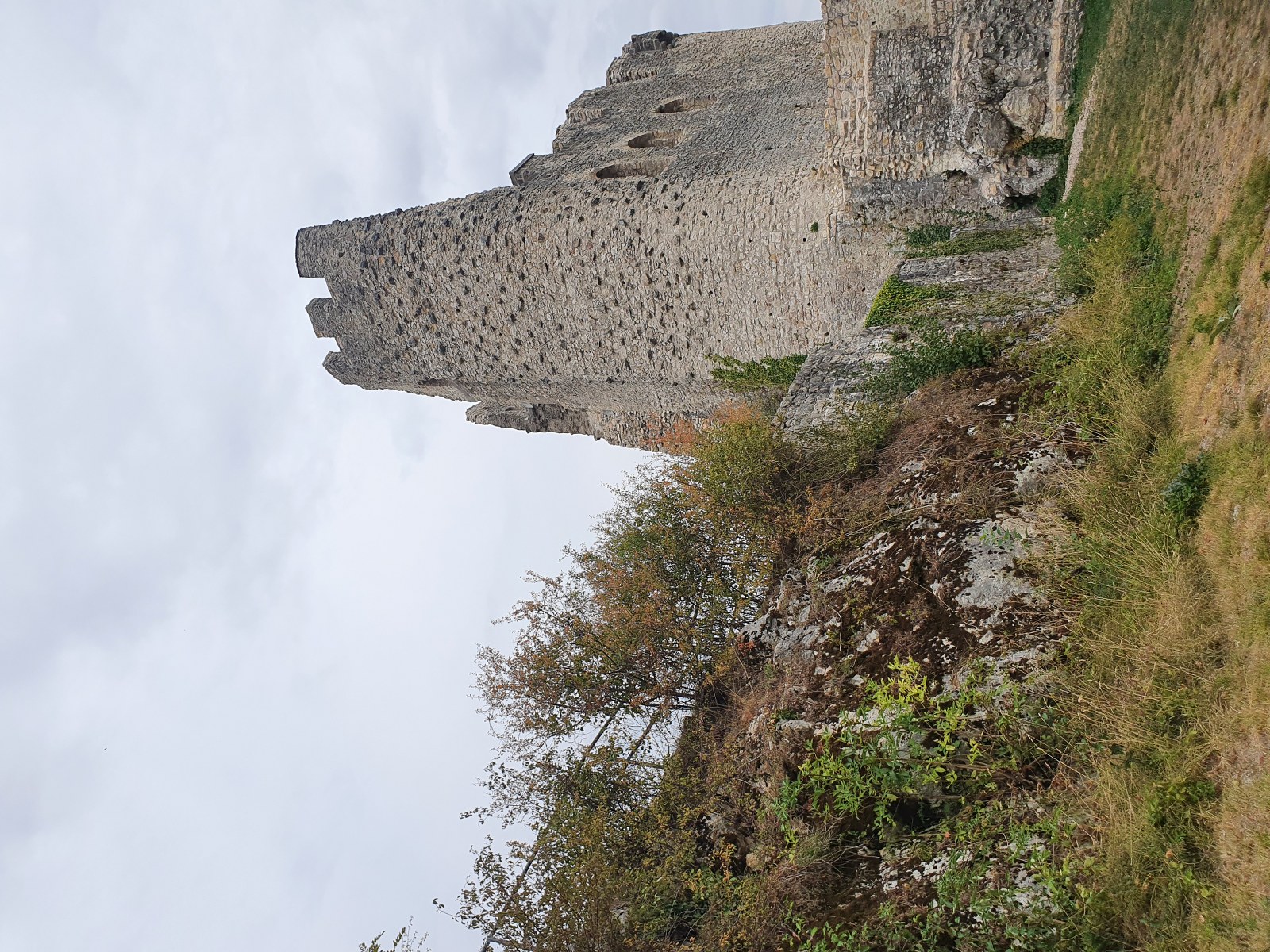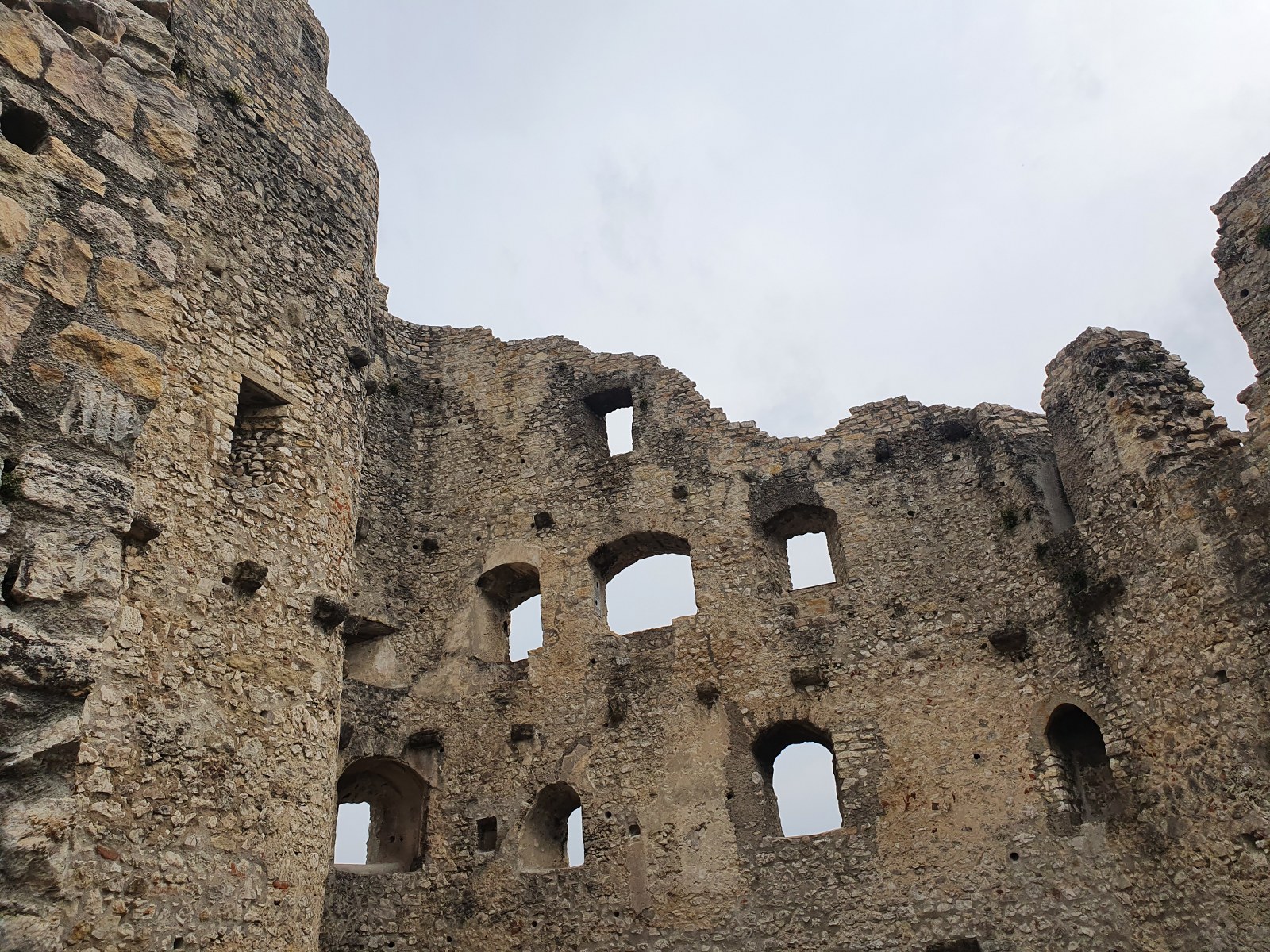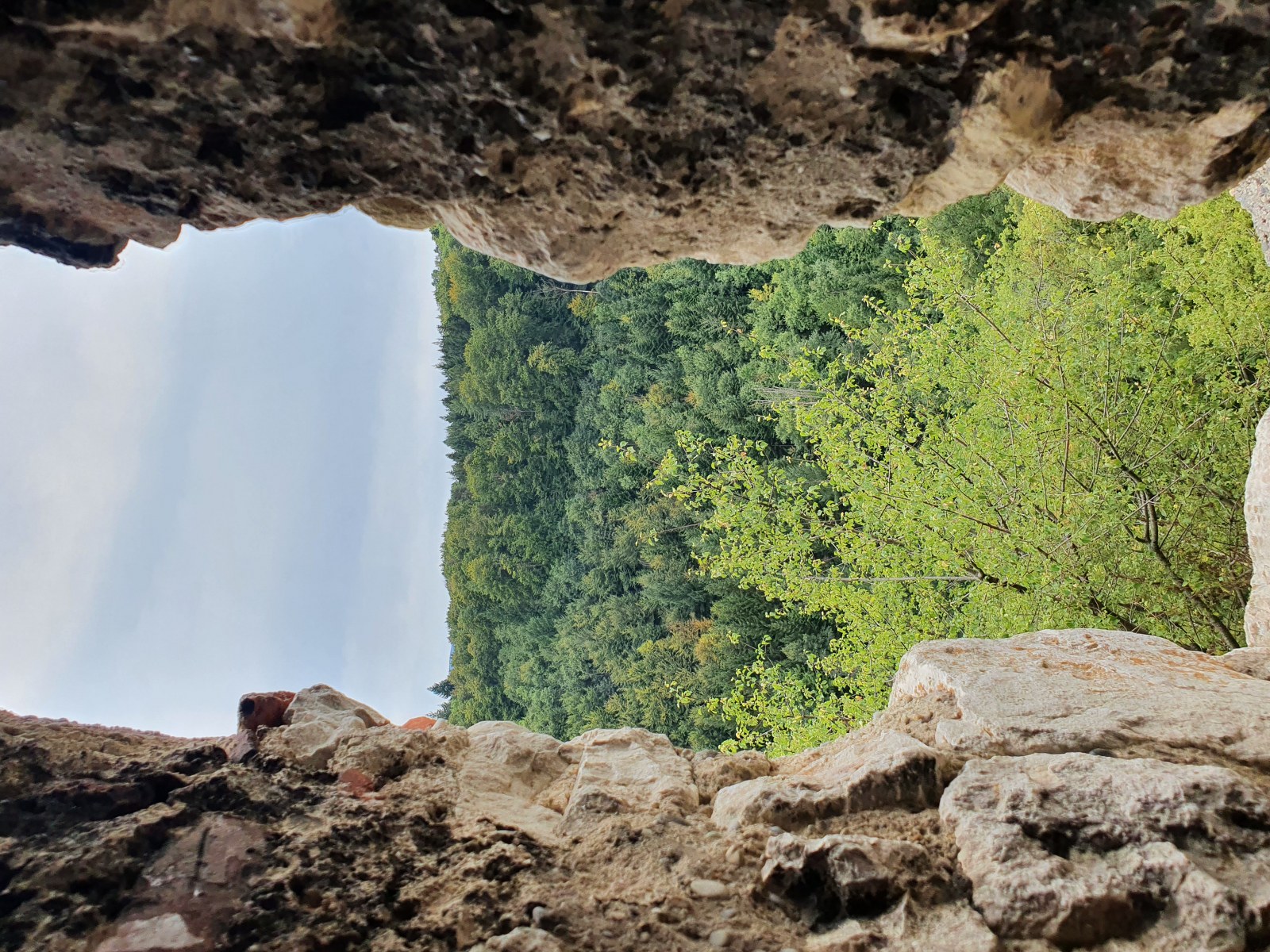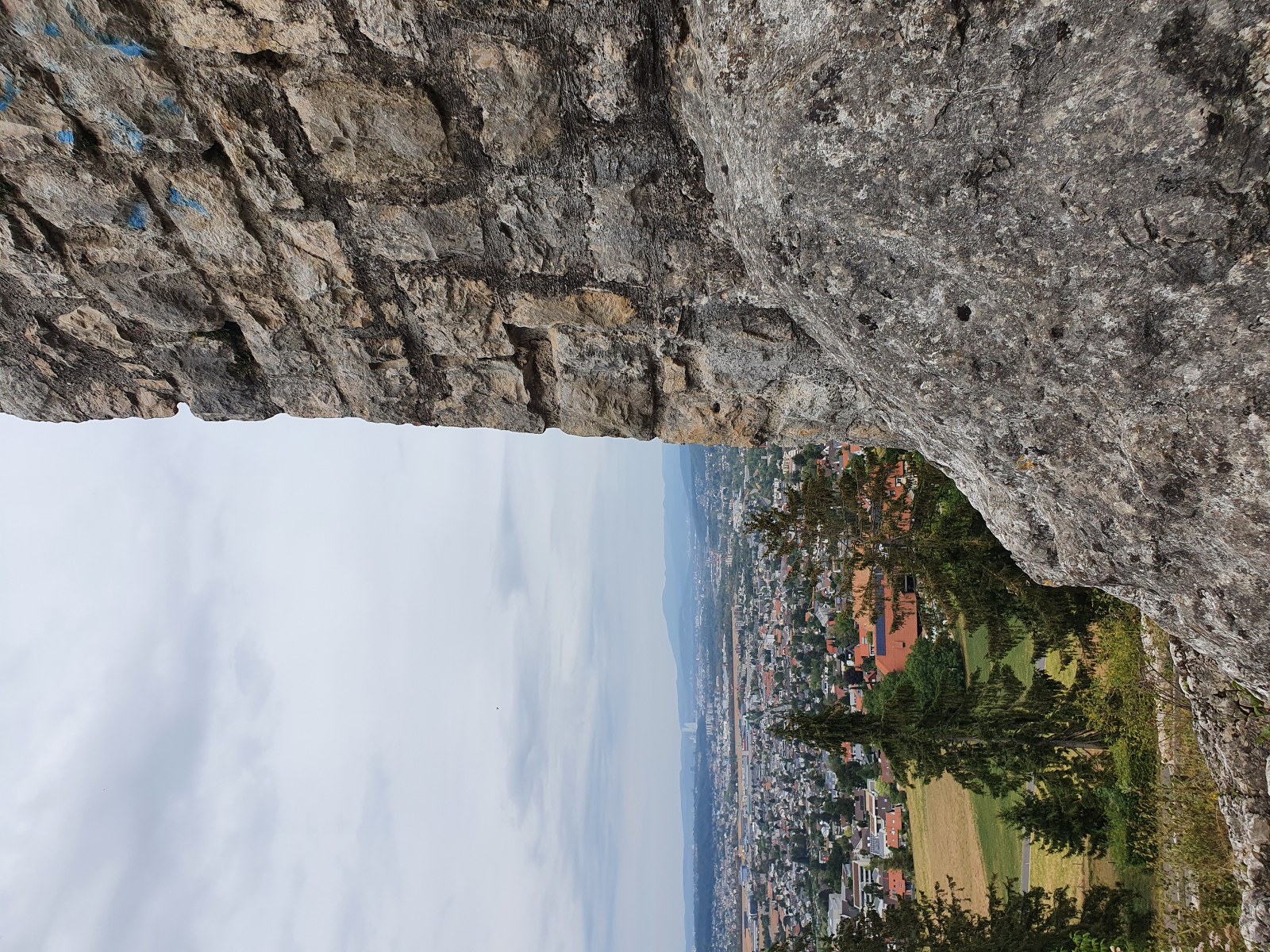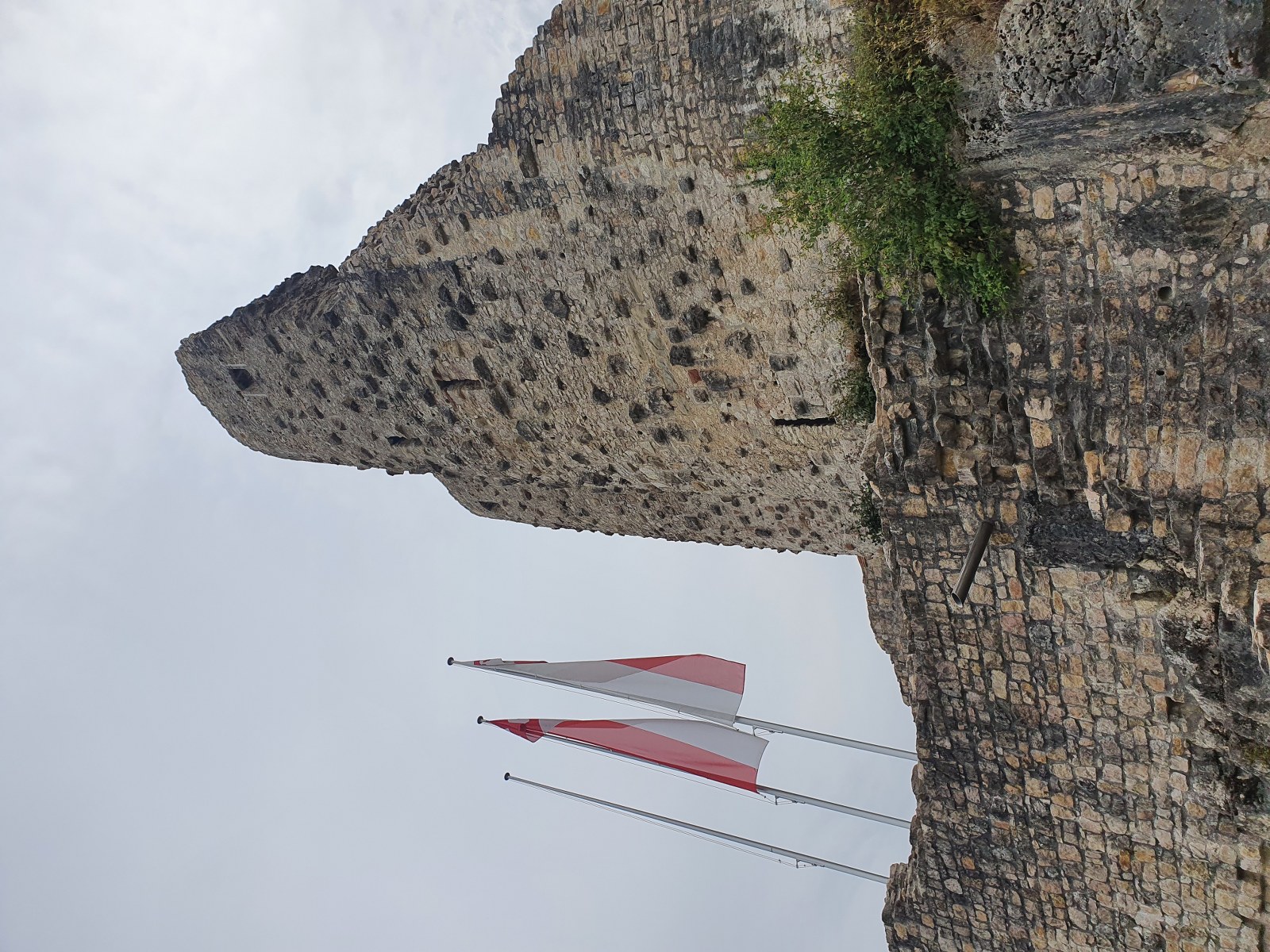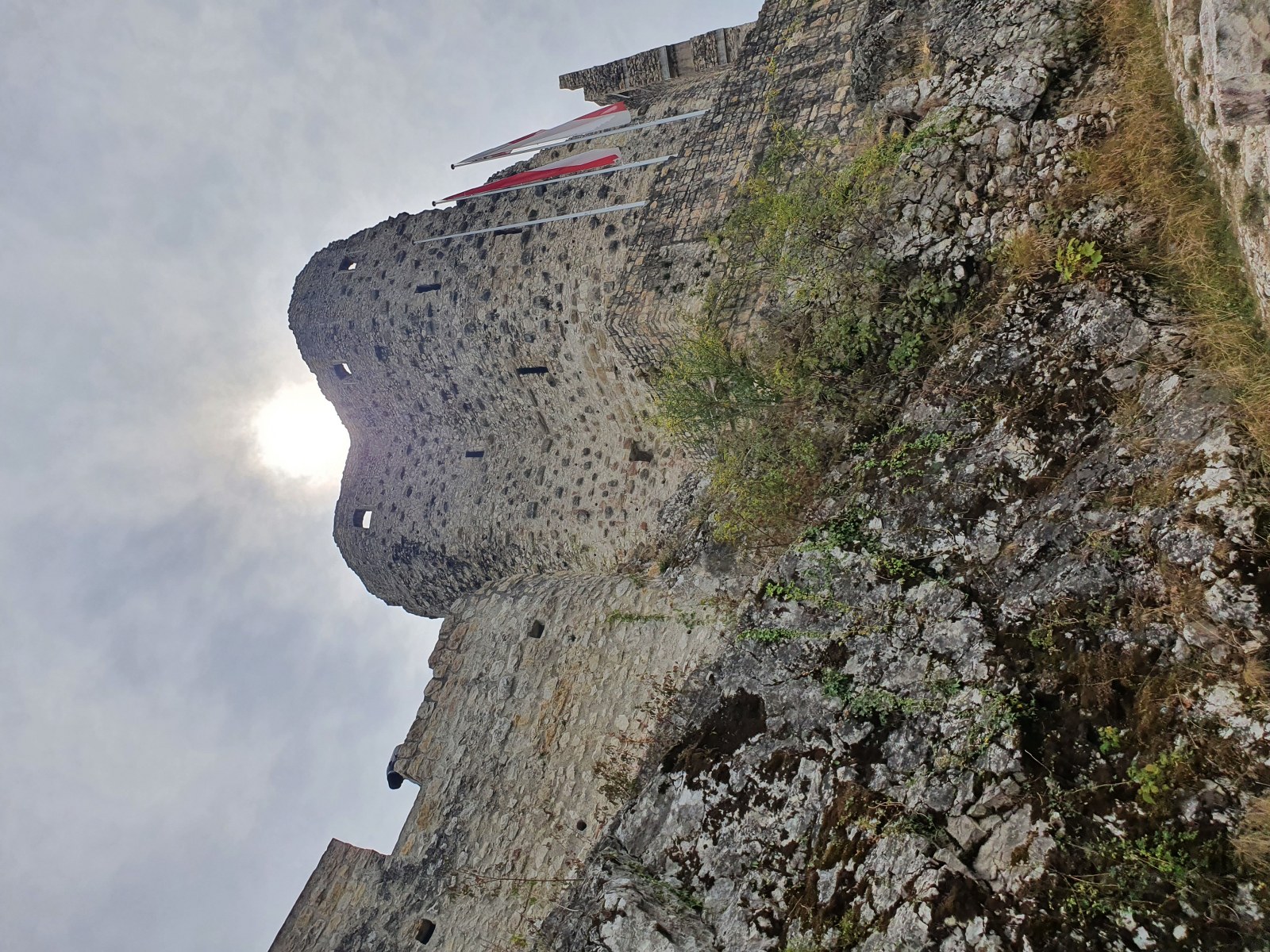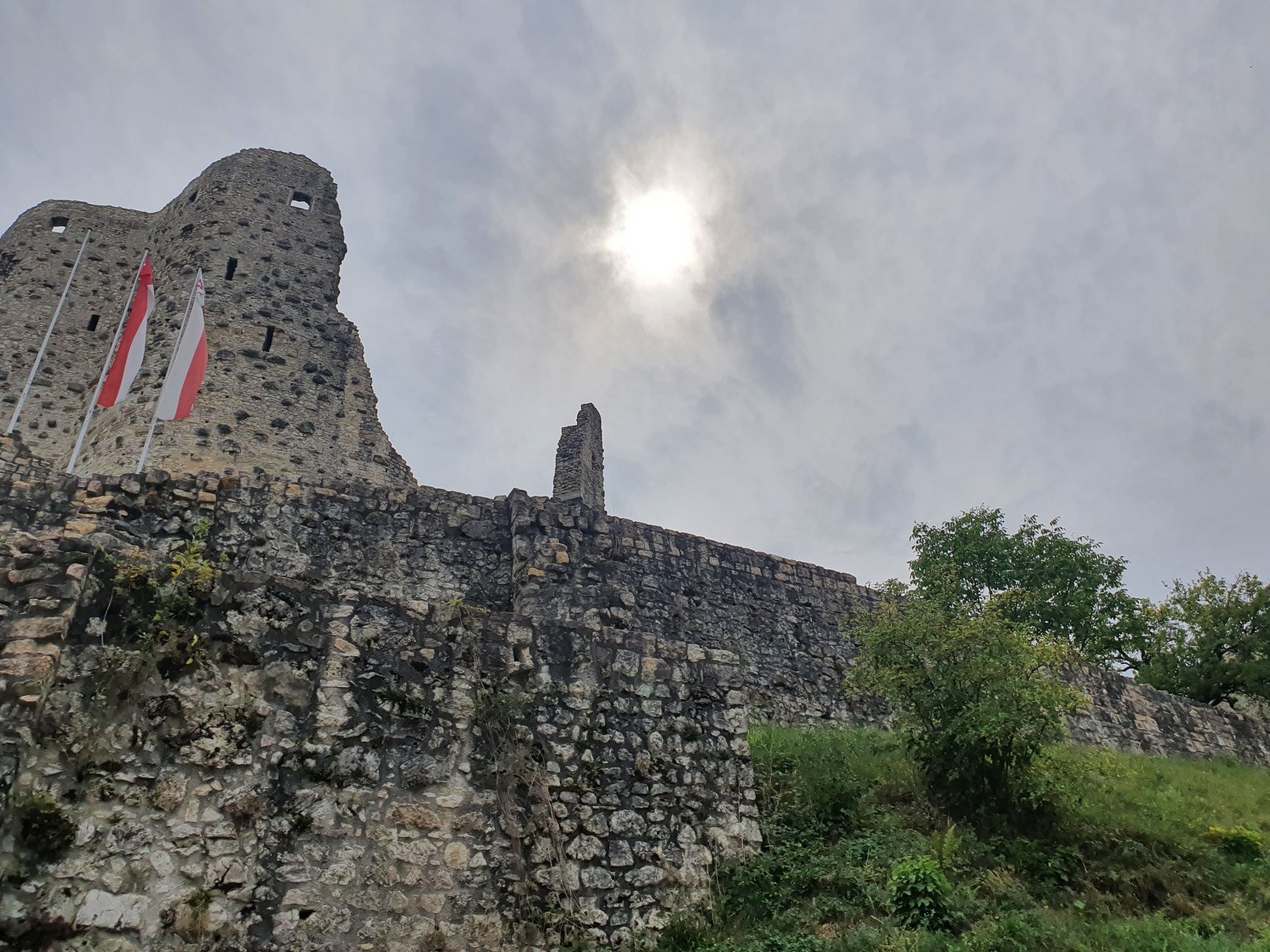The ruins of Pfeffingen are an impressive landscape monument. It was once the home of the Counts of Thierstein-Pfeffingen. Today the remains are a barbecue area, a tourist destination and a place to relax.
Story
A Franconian noble family from the royal court was based in Pfeffingen from an early stage. This seat then passed to a local family. However, no remains of their first castle from the 11th century remain. In addition to the Dorneck ruins opposite in what is now Solothurn, the Counts of Thierstein-Pfeffingen took possession of Pfeffingen Castle and set it up for their servants.
In 1520, Basel occupied the castle, which Solothurn had also laid claim to. The dispute over the inheritance was not settled until 1522, with Pfeffingen now being awarded to the bishop, who appointed a bailiff. In return, Basel was able to buy the municipality of Riehen. The castle, which had been badly damaged by the numerous wars, could hardly be maintained. In 1571, a new residential wing was built to replace the old residential tower, and a tower-fortified gate and a bridge were built in the eastern part of the complex. In 1637, during the Thirty Years' War, the castle was occupied by Swedish troops under Bernhard of Saxony-Weimar and was only handed over to the bishop in very poor condition eleven years later.
Legend of the earthquake
On Tuesday, October 18, 1356, the Count rode with the Knight of Bärenfels from his castle in Pfeffingen towards the city of Basel. After a successful hunt, the two were very exuberant and at first did not notice the pilgrim priest who came towards them on the dusty road near Reinach. The priest had to jump to safety from the approaching riders. The Count and the Knight then reined in their horses and greeted the terrified priest cheerfully. The priest calmed down and warned the two riders to be calmer and more cautious so that no more misfortune would happen.
The Knight of Bärenfels, however, burst into mocking laughter and finally both of them mocked the priest and left him. As they continued on towards Basel, Count Walram became more and more thoughtful and depressed. He began to reproach himself for their behavior and his guilty conscience plagued him more and more. Shortly before the gates of the city of Basel, he decided to turn around and, after a brief farewell to the Knight of Bärenfels, turned his horse around. He wanted to return home and look for the man of God and apologize to him for his behavior. He could no longer find the priest and rode back to his castle. As he was crossing a wide field, he heard a dull rolling and the ground beneath his feet began to shake violently. His horse reared up in fear and the count saw in horror how the proud castles of Pfeffingen, Reichenstein, Birseck and Dorneck collapsed all around him and large clouds of smoke rose into the sky. After the strongest tremors, the distraught count rode quickly to his castle Pfeffingen, which had suffered great damage. Fortunately, his family had remained unharmed and the youngest child lay in its cradle among the ruins of the castle.
The Knight of Bärenfels, on the other hand, was surprised by the earthquake while riding through the city gate and was killed by a falling stone.
After the earthquake, the count had a cross erected in Reinach, at the place where he had met the priest, in gratitude for his miraculous rescue. Since then, this crooked cross has reminded humanity of Count Walram's repentant conversion, the fateful death of the Knight of Bärenfels and the great earthquake that reduced the city of Basel and the surrounding region to rubble and ashes in 1356. The cross was renewed several times and was last moved a few meters away from the busy main road between Pfeffingen and Basel.
Access
The ruins are best reached on foot from Pfeffingen.





